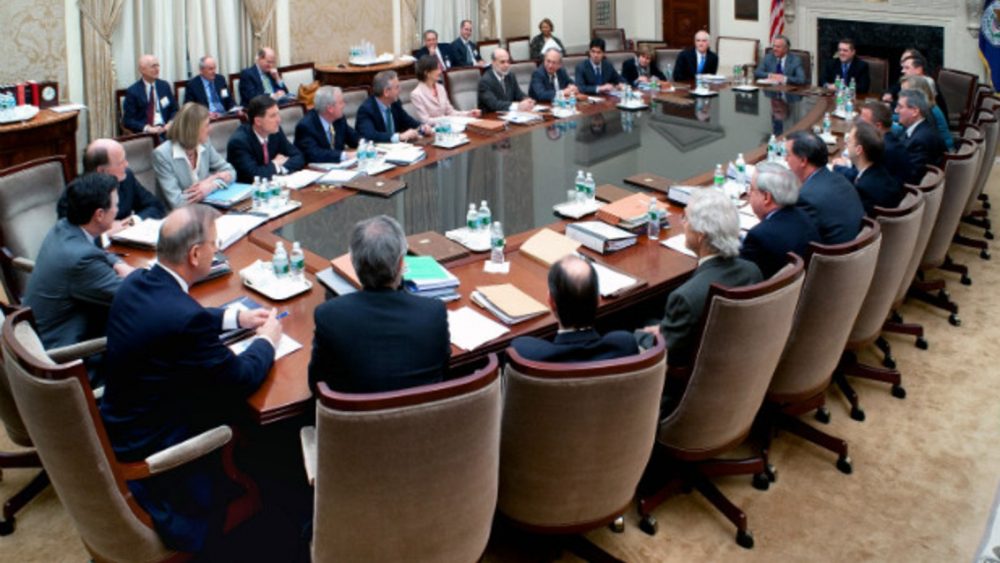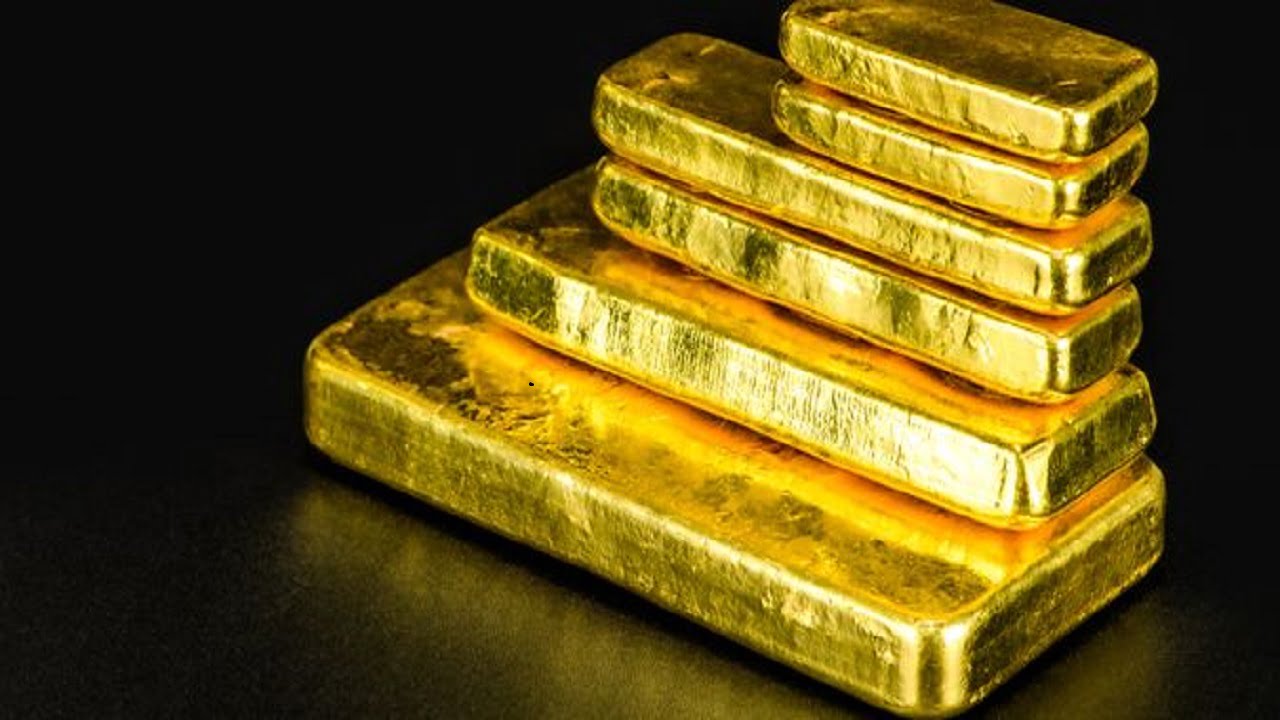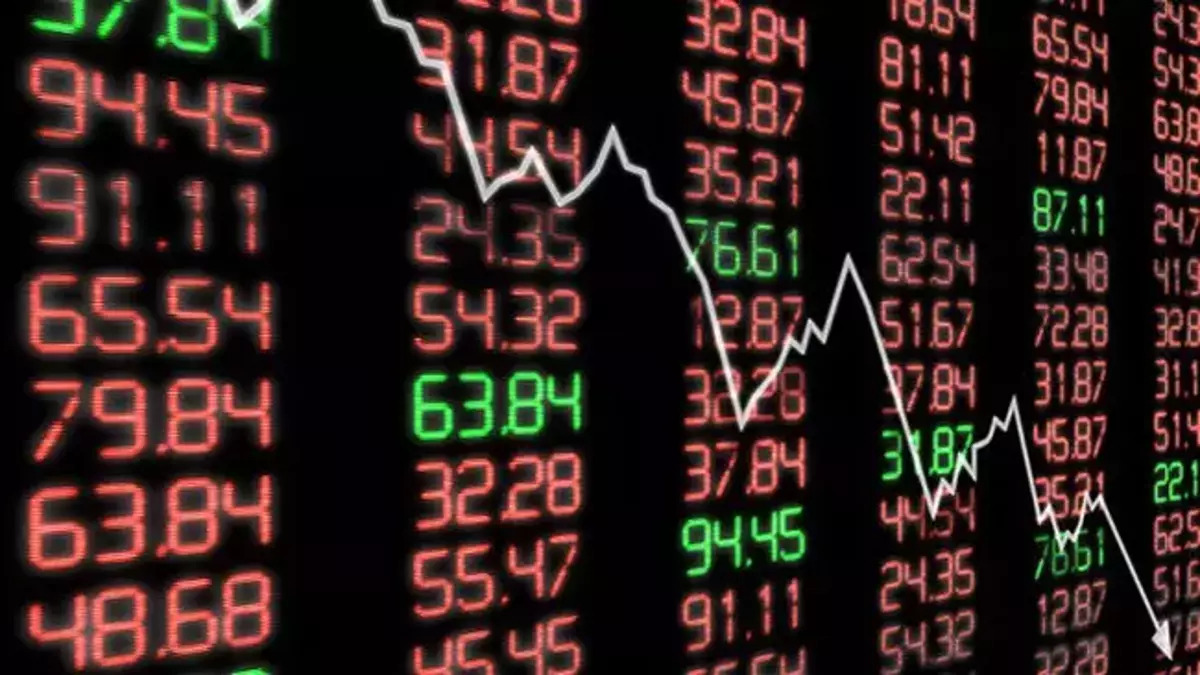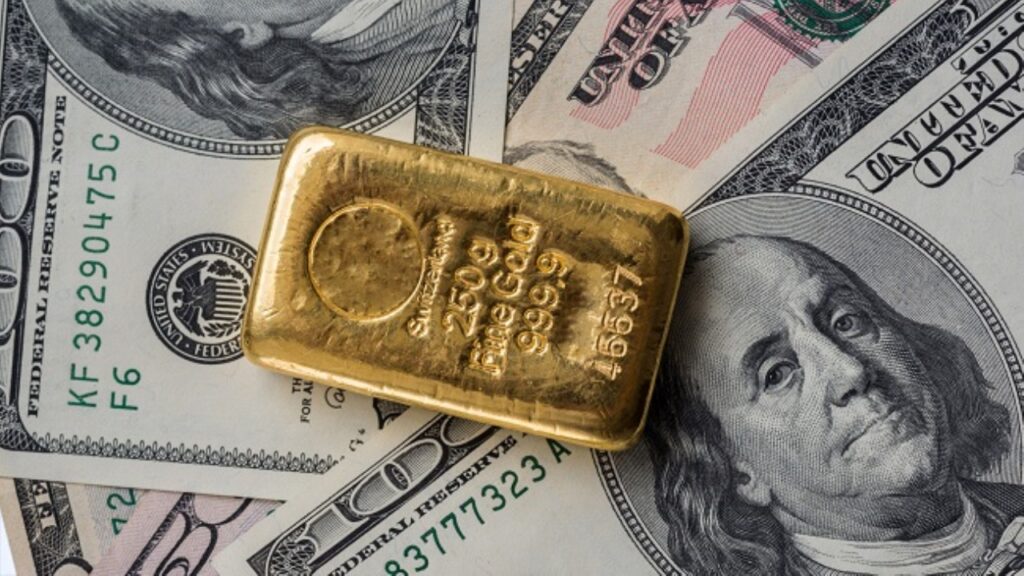US inflation data came in line with market expectations in May, falling to the lowest level since March 2021.
In May, consumer prices in the USA increased by 0.1 percent compared to the previous month and by 4.1 percent year on year.
In May, energy prices fell by 3.6 percent, while food prices rose 0.2 percent. While energy prices decreased by 11.7 percent in the 12-month period, the increase in food prices was 6.7 percent.
Excluding energy and food, consumer prices rose 0.4 percent month on month and 5.3 percent year on year in May. Core CPI also realized at the lowest level seen in the last 12 months.
Real average weekly earnings fell 0.1 percent in May.
The fall in inflation in the USA, in line with expectations, almost eliminated the expectations that the Fed will raise interest rates at the Federal Open Market Committee, which will end tomorrow.
The rate of those expecting a rate hike from the Fed, which was around 10 percent before the data were released, dropped to 0.5 percent after the inflation figures. It is currently at 1.2%.
According to CME FedWatch, the rate of those expecting a 25 basis point rate hike was 21.8 percent the previous week and 20.9 percent yesterday.
The rate of those expecting a 25 basis point increase from the Fed at the July 26 meeting is 63.8 percent, while the rate of those expecting a 50 basis point increase is 1.5 percent.
Biden made a statement about the inflation data and said, “CPI data show progress in the fight against inflation.”
The first insider analysis on the subject came from Dynamic Investment. The brokerage house included the following statements in its report, titled “Core services inflation, which is the key indicator for the Fed recession, has cooled…”
Core services inflation, tracked by the Fed, rose 4.6% in the 12 months to May (April: 5.11%). On a monthly basis, prices of basic services excluding housing and energy increased by 0.24% after increasing by 0.11% in April. Despite the periodic acceleration, the cooling in annual core services inflation draws attention. The lowest annual increase in the last 15 months in the prices of services excluding housing and energy, which Powell closely followed, strengthened the possibility of stopping the rate hikes this week.
If we look at the sub-items; A similar indicator, which does not include medical care services, which has been affected by changes in health insurance profits in recent months, rose 0.34% in May after a 0.2% increase in April. This calculation is more consistent with the Fed’s official target of inflation, which is based on the prices of personal consumption expenditures and is not affected by health insurance margins. The rent index rose 0.5% in May, and the owners’ equivalent rent index (OER) increased by the same proportion.
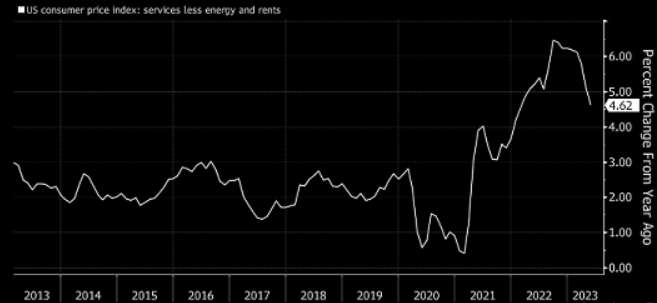
The general decline in services inflation is a positive development. Considering that these indicators have improved by over 6%, it would be a good sign that the upward threats to the pass-through in this area will decrease. On the other hand, even in the most core indicator, there is a plane quite far from the 2% target. In other words, there is no change in the status quo, but the easing of negative effects creates a pause in politics.
If we look at the Fed’s point of view; These data will likely be taken into account when deciding whether to suspend the 15-month tightening campaign at tomorrow’s policy meeting. The minutes of the last meeting in May noted that “participants stressed that core non-residential services inflation has shown little sign of slowing in the past few months” and “some participants indicated that further easing in labor market conditions will be needed to help drive inflation down.” It seems clear that there will be no interest rate hike tomorrow, and there is no sign yet for July and September.

